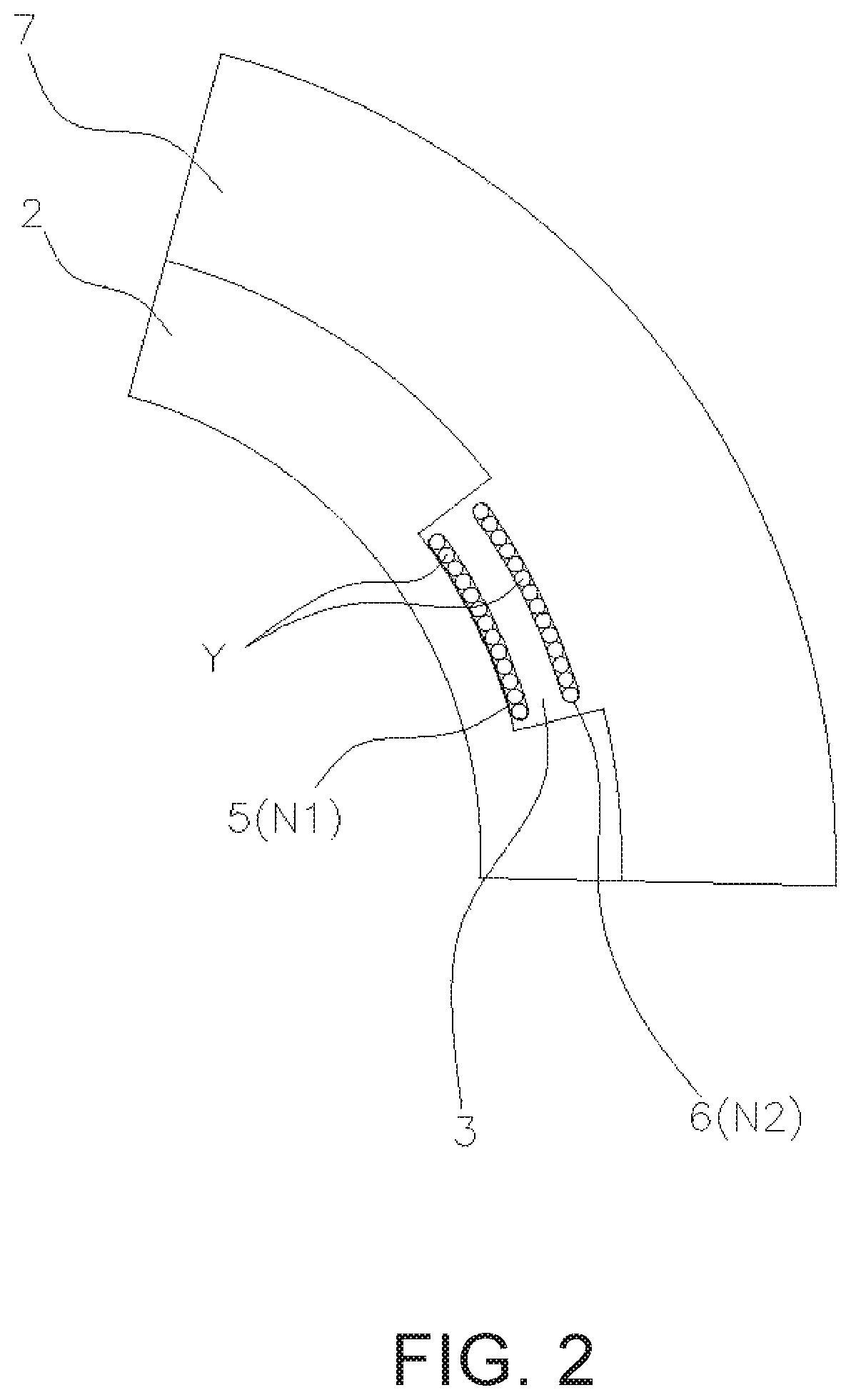Tubular body containing SiC fiber and method for producing the same
a tubular body and fiber technology, applied in the direction of instruments, distance measurement, nuclear elements, etc., can solve the problems of thermal conductivity deterioration, tubular body energy efficiency reduction, and sic fiber may not be filled sufficiently between the sic fibers forming yarns
- Summary
- Abstract
- Description
- Claims
- Application Information
AI Technical Summary
Benefits of technology
Problems solved by technology
Method used
Image
Examples
Embodiment Construction
[0021]Embodiments of the present invention will be described below with reference to the drawings.
[0022](1) Overall Structure
[0023]FIG. 1 is a perspective view showing the structure of a tubular body 1 containing SiC fibers. FIG. 2 is a cross-sectional view taken along line A-A of a tubular body containing SiC fibers. The A-A cross section of FIG. 2 is a cross section where a first SiC fiber layer 5 and a second SiC fiber layer 6, which will be described later, intersect with each other. As shown in FIGS. 1 and 2, the tubular body 1 includes a first SiC layer 2, a plurality of first grooves 3, and a plurality of second grooves 4 provided along the outer periphery of the first SiC layer 2 (see the broken line in FIG. 1), a first SiC fiber layer 5 made of a plurality of SiC fibers Y provided along the first grooves 3, a second SiC fiber layer 6 containing a plurality of SiC fibers Y provided along the second grooves 4, and a second SiC layer 7. In the present embodiment, if the tubula...
PUM
| Property | Measurement | Unit |
|---|---|---|
| thickness | aaaaa | aaaaa |
| thickness | aaaaa | aaaaa |
| thickness | aaaaa | aaaaa |
Abstract
Description
Claims
Application Information
 Login to View More
Login to View More - R&D
- Intellectual Property
- Life Sciences
- Materials
- Tech Scout
- Unparalleled Data Quality
- Higher Quality Content
- 60% Fewer Hallucinations
Browse by: Latest US Patents, China's latest patents, Technical Efficacy Thesaurus, Application Domain, Technology Topic, Popular Technical Reports.
© 2025 PatSnap. All rights reserved.Legal|Privacy policy|Modern Slavery Act Transparency Statement|Sitemap|About US| Contact US: help@patsnap.com



